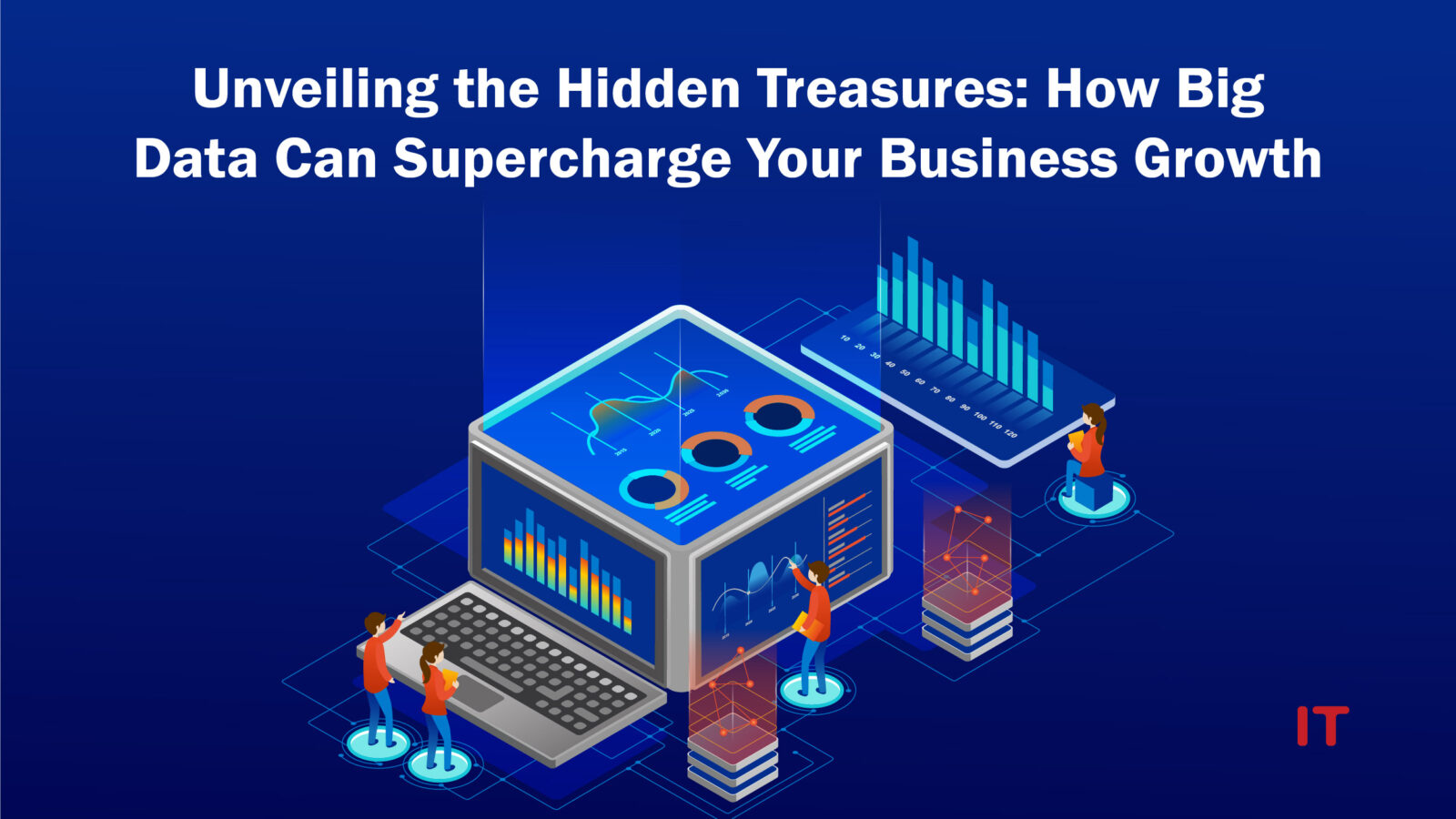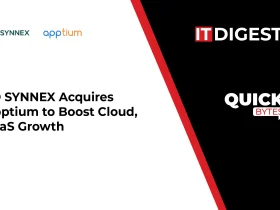In today’s digital age, the volume of data being generated each day is staggering. From social media posts and online transactions to sensor readings and machine-generated logs, the amount of information available to us is astounding. This abundance of data holds immense potential, but it also poses a significant challenge – how do we make sense of it all? Let’s dive into big data and understand everything about it, shall we?
What is Big Data?
Big data refers to the collection of various types of data, including structured, unstructured, and semi-structured data. Organizations gather this data with the intention of extracting valuable information from it. This technology is utilized in predictive modeling, machine learning projects, and other advanced analytics applications. It is commonly characterized by the three ‘V’s:
- massive volume of data
- wide variety of data
- high velocity of generated data
These characteristics were initially identified in 2001 by Doug Laney, who was working as an analyst at consulting firm Meta Group Inc. Gartner acquired Meta Group in 2005 and further popularized these characteristics. Additionally, several other Vs have been added to different descriptions of big data, including veracity, value, and variability.
Also Read: WiMi Researched on AIGC Intelligent Interactive Interface Generation System Based on Big Data
While there is no specific volume of data that defines this, it often refers to deployments that involve massive amounts of information, ranging from terabytes to petabytes and even exabytes, accumulated and gathered over time.
Why is Big Data Important?
 Many companies incorporate it into their systems to enhance operations, deliver superior customer service, develop personalized marketing campaigns, and implement other strategies that lead to higher revenue and profits. Businesses that effectively utilize big data gain a competitive edge over their counterparts by making quicker and more informed business decisions.
Many companies incorporate it into their systems to enhance operations, deliver superior customer service, develop personalized marketing campaigns, and implement other strategies that lead to higher revenue and profits. Businesses that effectively utilize big data gain a competitive edge over their counterparts by making quicker and more informed business decisions.
It additionally offers valuable insights into customer behavior, allowing companies to enhance their marketing, advertising, and promotions for greater customer engagement and conversions. By analyzing both historical and real-time data, businesses can understand the changing preferences of consumers or corporate buyers and accommodate their needs.
Medical researchers utilize this to identify signs and risk factors of diseases, while doctors leverage it to aid in diagnosing illnesses and medical conditions. Moreover, a comprehensive combination of data from electronic health records, social media platforms, the web, and other sources provides healthcare organizations and government agencies with timely information regarding potential infectious disease threats or outbreaks.
Given below are a few examples where it is employed:
The energy industry utilizes data to aid in various operations. Oil and gas companies, for example, utilize it to identify potential drilling locations and closely monitor pipeline operations. It also plays a critical role in the operations of manufacturers and transportation companies. It enables them to effectively manage their supply chains and optimize delivery routes.
In addition to education and healthcare, governments also utilize AI technology in various other areas. These include emergency response management, crime prevention strategies, and so on.
It is generated from a wide range of sources, such as transaction processing systems, customer databases, documents, emails, medical records, internet clickstream logs, mobile apps, and social networks. It also includes machine-generated data from network and server log files, as well as data collected by sensors on manufacturing machines, industrial equipment, and Internet of Things devices.
Decoding the Vs
When discussing data, the term “volume” is often mentioned as a key characteristic. While it’s true that data environments often contain a significant amount of data, the size alone doesn’t define what makes it “big”. Rather, it’s the nature of the information being collected and stored that contributes to its volume. For example, sources like clickstreams, system logs, and stream processing systems generate large amounts of data on an ongoing basis.
This system needs to store and manage different types of data together. Additionally, these data applications may involve multiple datasets that aren’t initially integrated. For instance, a data analytics project might aim to predict product sales by analyzing past sales records, returns, online reviews, and customer service interactions.
Velocity indicates the speed at which data is generated, processed, and analyzed. Unlike traditional data warehouses that are updated on a daily, weekly, or monthly basis, many big data sets are now updated in real- or near-real-time. This becomes crucial in managing data velocity as data analysis expands into ML and AI. These advanced analytical processes automatically identify patterns within the data and generate valuable insights.
What is the Use of Big Data?
 Data analysts examine various types of data, such as demographic information and purchase history, to identify potential correlations. These assessments can be conducted internally or outsourced to third-party experts who specialize in processing large-scale data into easily understandable formats. Businesses frequently rely on these experts’ evaluation of big data to transform it into actionable insights.
Data analysts examine various types of data, such as demographic information and purchase history, to identify potential correlations. These assessments can be conducted internally or outsourced to third-party experts who specialize in processing large-scale data into easily understandable formats. Businesses frequently rely on these experts’ evaluation of big data to transform it into actionable insights.
Findings from data analysis can benefit various departments within a company, ranging from human resources and technology to marketing and sales. The primary objective of utilizing data is to expedite product launch, minimize time and resource investment for market penetration, target specific audiences, and maintain customer satisfaction.
Final Thoughts
In this era of digital transformation, big data has become the fuel that powers organizations forward. The ability to transform raw data into actionable insights has become a competitive advantage in today’s fast-paced and data-rich world. This technology is empowering us to shape the future, drive meaningful change, and create a world where data truly becomes a catalyst for progress.


































